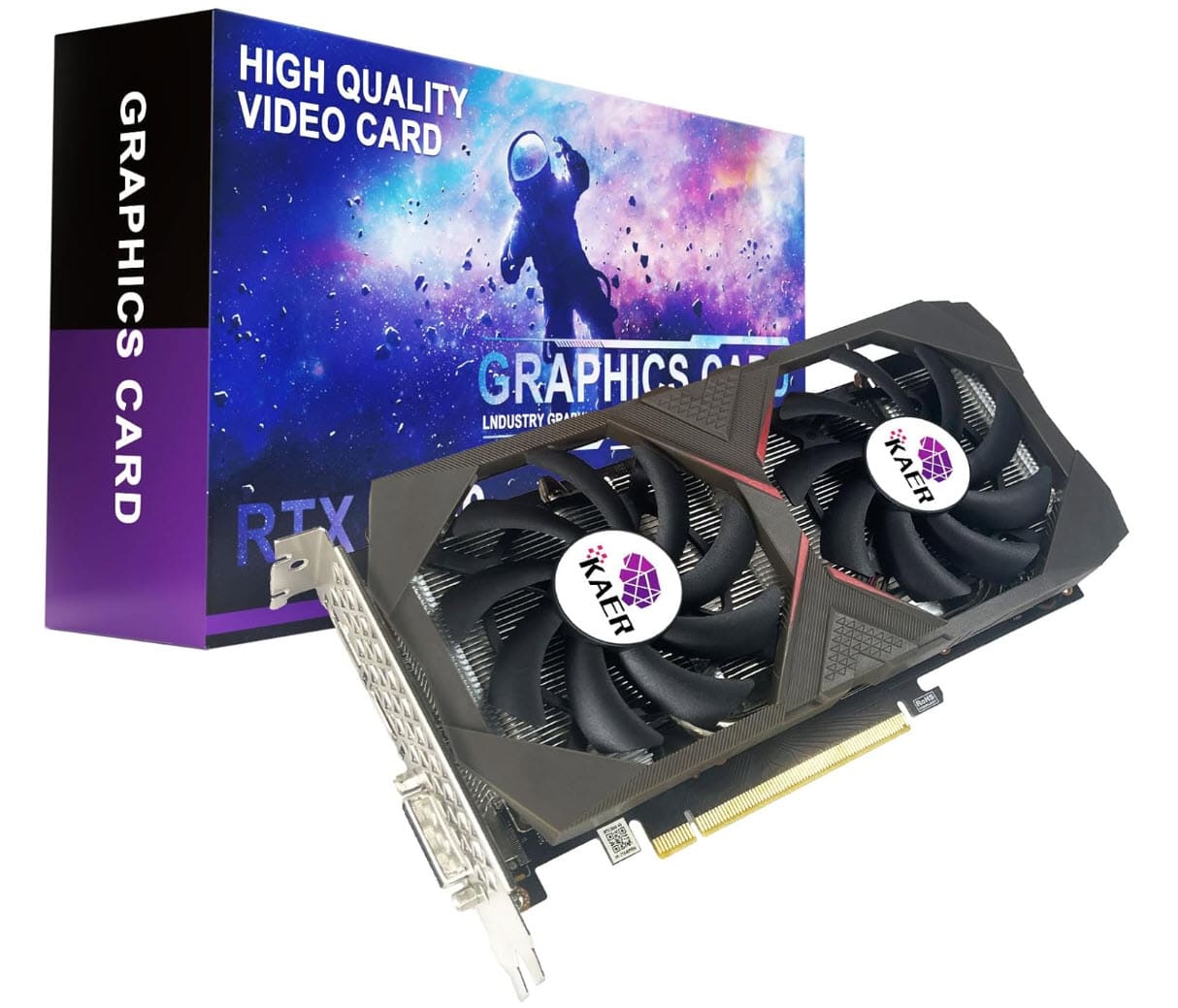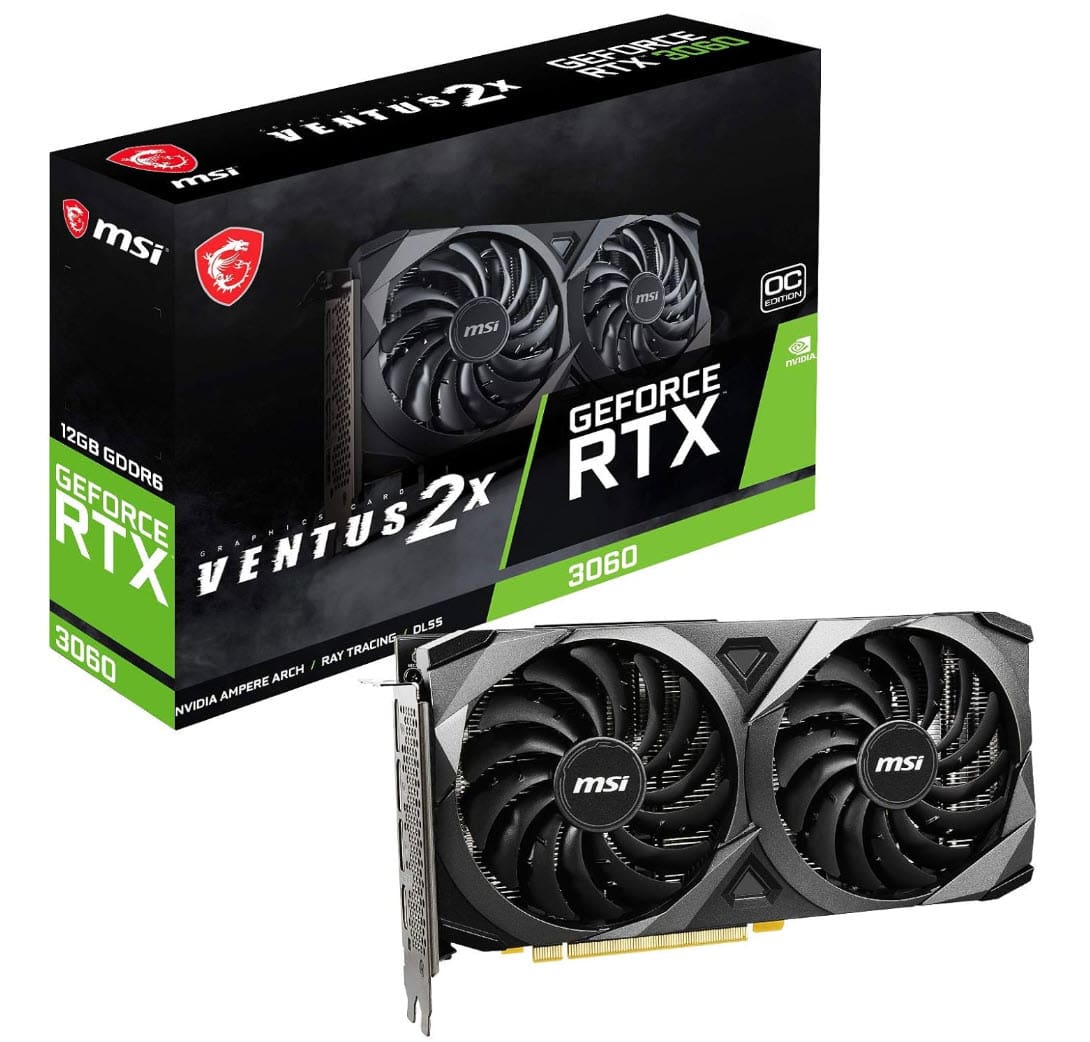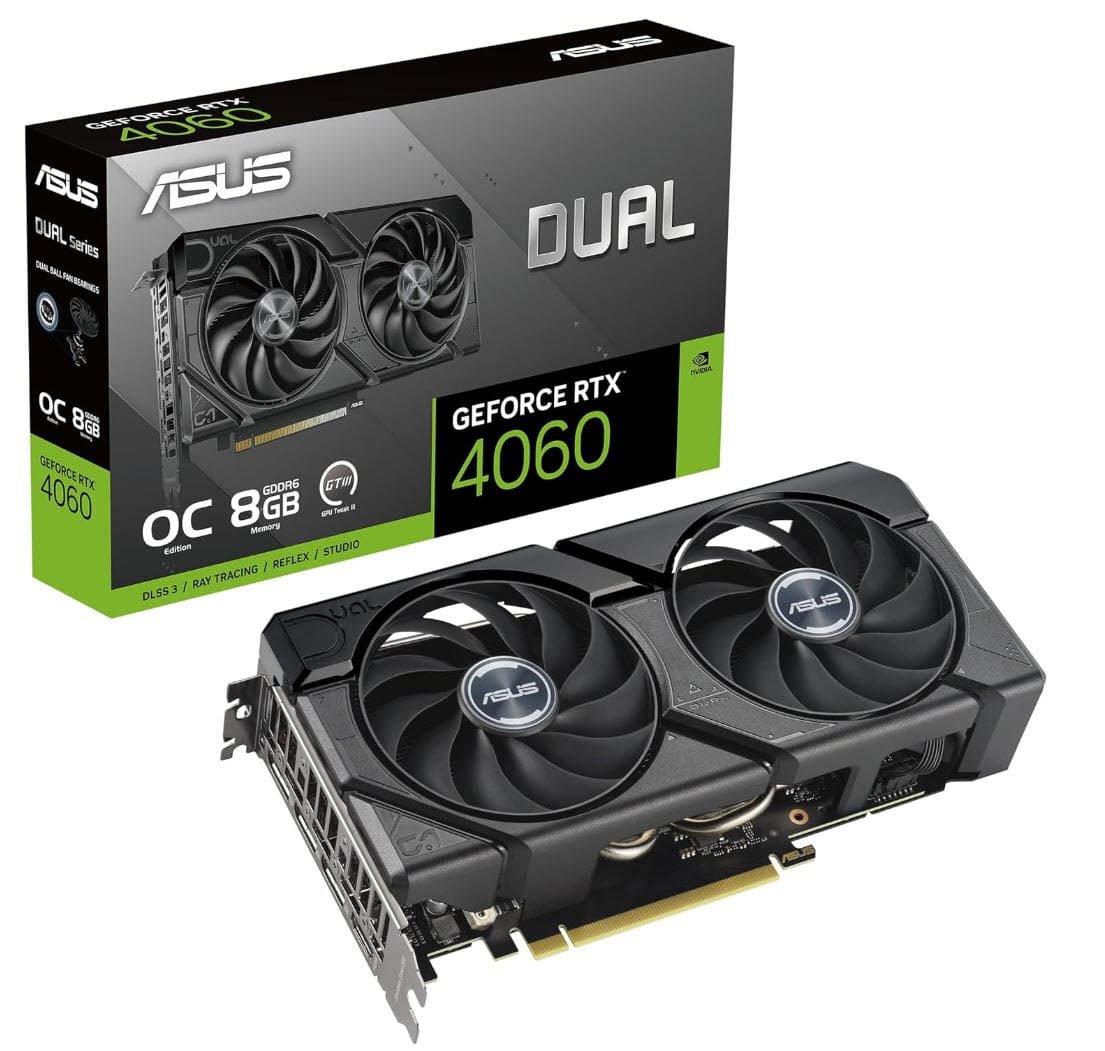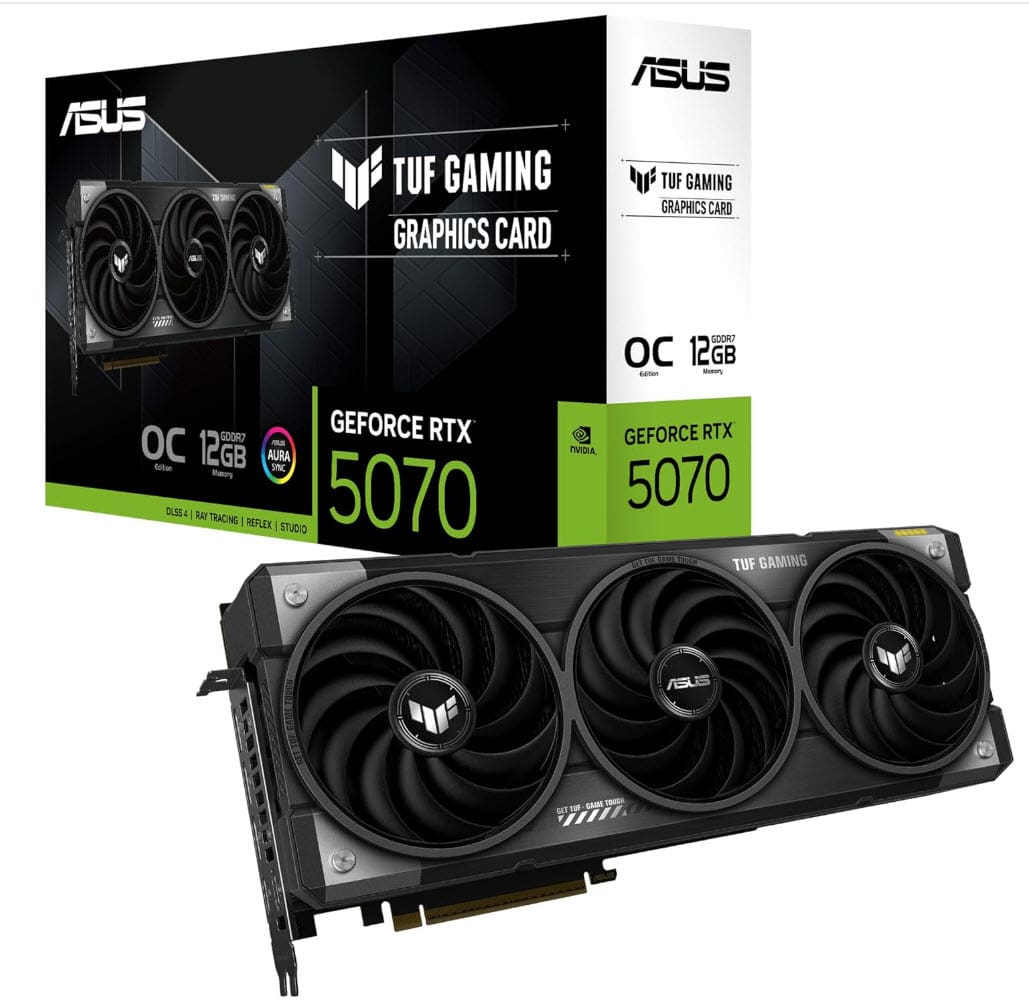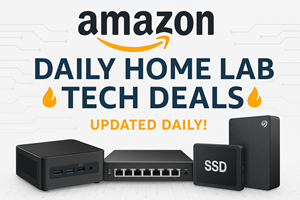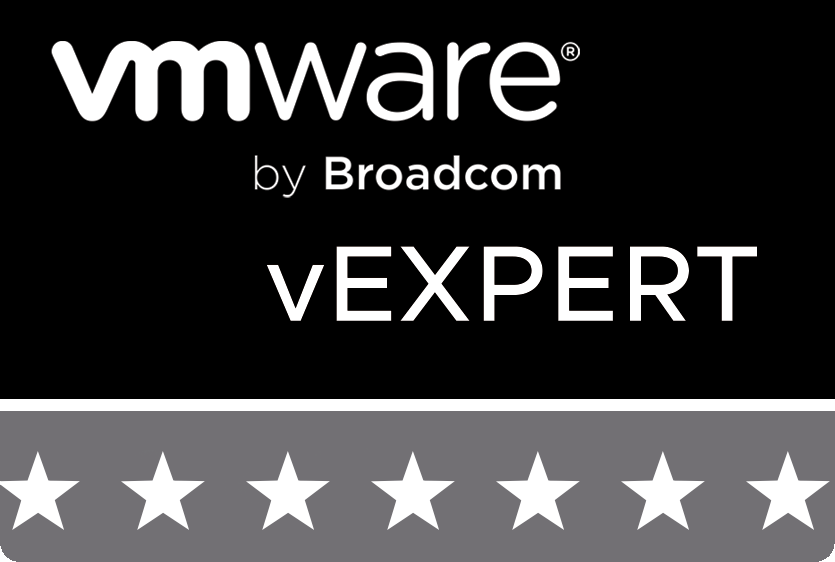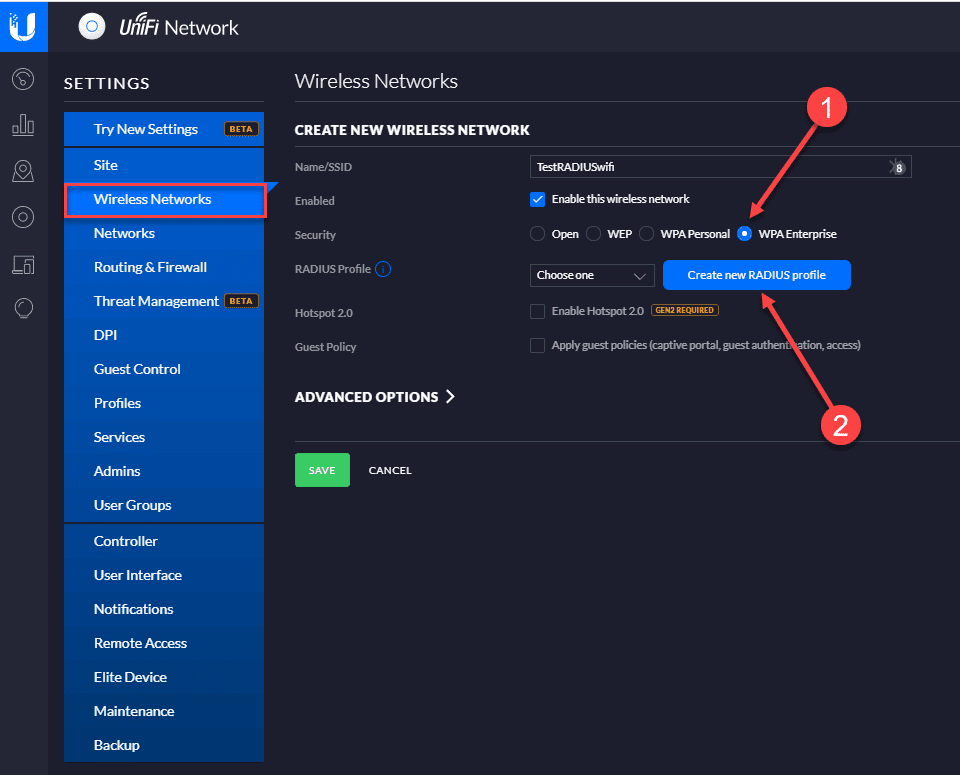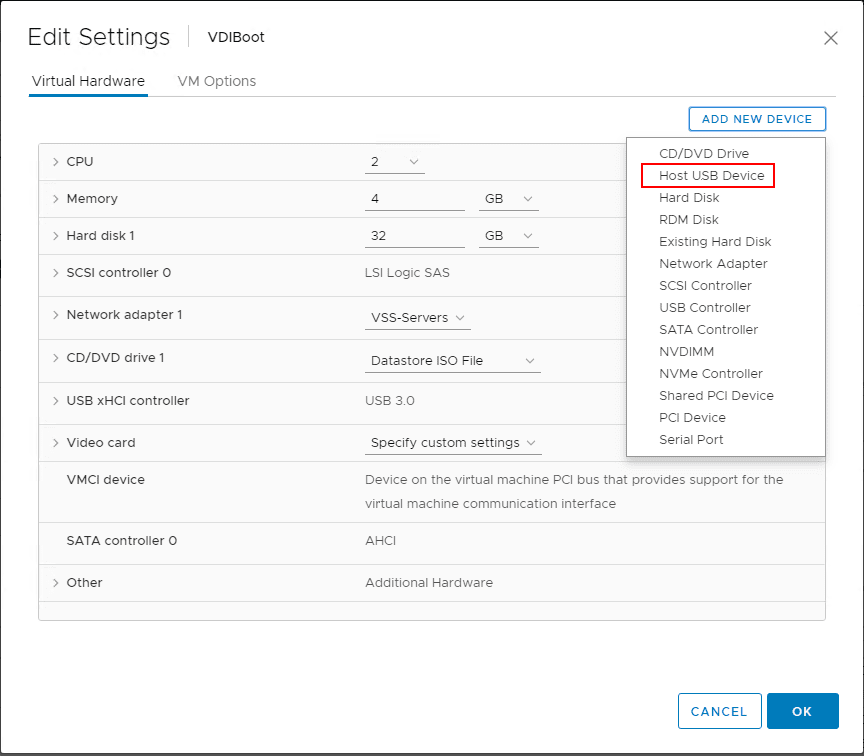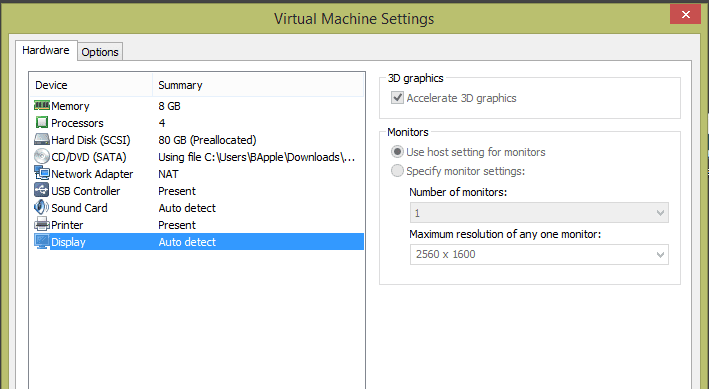Best Budget GPU for AI in Your Home Server 2025

The heart of running AI workloads at home is the GPU installed in your AI workstation or AI server. If you are running local LLMs like LLaMA or looking to generate images with something like Stable Diffusion, the GPU you pick will have a huge impact on the performance and experience of your AI solution in the home lab. Let’s take a look at the best budget GPU for AI in your home lab in 2025 and see which models have the best bang for the buck.
Why not an AMD card?
While AMD GPUs have made progress with ROCm, they’re still not ideal for AI workloads—especially in a home lab environment. Most open-source AI tools, including Text Generation WebUI, LM Studio, Ollama, and Stable Diffusion UIs, are optimized for NVIDIA’s CUDA and won’t work out of the box on AMD cards.
So if you’re serious about running AI workloads with as little friction as possible, NVIDIA is the way to go.
Why NVIDIA dominates:
- Most AI frameworks like TensorFlow, PyTorch, LLM runtimes, and CUDA-optimized apps (like Ollama, Stable Diffusion WebUI, LM Studio, etc.) are built natively for NVIDIA GPUs using CUDA and cuDNN.
- These frameworks do not run out of the box on AMD cards without extra workarounds
- Even popular self-hosted AI tools (e.g., Oobabooga, KoboldCpp, Text Generation WebUI) are typically tested only on NVIDIA hardware
AMD GPUs use ROCm:
- AMD’s AI backend is called ROCm (Radeon Open Compute), which is their answer to CUDA
- However, ROCm is limited in terms of GPU compatibility (often only higher-end or datacenter cards are officially supported) and doesn’t have the needed support in many AI libraries.
- PyTorch has partial ROCm support, but many popular models just don’t work without problems
***Note below are Amazon affiliate links that I earn a small commission on***
1. NVIDIA GeForce RTX 2060 (6GB) – Starting at $160 Used
Even though it is a few generations old at this point, it is still a workhorse GPU in 2025. It is one of the cheapest entry points that you have into AI GPUs. The RTX 2060 supports CUDA, tensor cores and it is a good GPU for small to medium LLMs and lower resolution image generation.
Specs:
- CUDA Cores: 1,920
- Tensor Cores: 240
- VRAM: 6GB GDDR6
- TDP: 160W
- DLSS: v2
- Price: ~$160 used
Why it’s great:
It is a perfect card for experimenting with AI on a budget. It handles quantized LLMs (4-bit) and smaller Stable Diffusion models.
Buy it:
2. NVIDIA GeForce RTX 3060 and 3060 Ti (8GB and 12GB) – Starting at $250-300 Used
Many consider the RTX 3060 Ti as the sweet spot for GPUs as it has a great price to performance ratio, especially if you can find them on the used market.
The 3060 runs most local AI models really well and is very popular in the AI and ML hobbyist community.
Specs:
- CUDA Cores: 4,864
- Tensor Cores: 152
- VRAM: 8GB GDDR6
- TDP: 200W
- DLSS: v2.1
- Price: ~$250 used
Why it’s great:
Strong performance for the price. It handles full 7B LLMs, whisper transcriptions, and Stable Diffusion XL models efficiently.
Buy it:
3. NVIDIA GeForce RTX 4060 (8GB) – Starting at $299
The RTX 4060 not quite as powerful in terms of performance as the 3060 Ti, but it is a way more power-efficient card with still great AI performance and great software support in terms of models. It has DLSS 3 and third-gen Tensor cores.
Specs:
- CUDA Cores: 3,072
- Tensor Cores: 96
- VRAM: 8GB GDDR6
- TDP: 115W
- DLSS: v3
- Price: ~$299 new
Why it’s great:
Power efficient, small form factor compatible, and it works well with all the mainstream AI tools that you can use today.
Buy it:
4. NVIDIA GeForce RTX 4060 4070 (12GB) – Starting at $400-500+
If you’re running heavier models or doing some model training, the RTX 4070 is a strong performer without entering professional GPU pricing territory.
Specs:
- CUDA Cores: 5,888
- Tensor Cores: 184
- VRAM: 12GB GDDR6X
- TDP: 200W
- DLSS: v3.5
- Price: ~$400-500+
Why it’s great:
Enough VRAM for larger context windows and higher-resolution generative work. Future-proof for most home AI needs.
Buy it:
5. ASUS TUF Gaming GeForce RTX 5070 (12GB GDDR7) – Starting at $739
For those that have extra spare cash and want a very modern card with tons of capabilities and lots of VRAM, you can spring for a new GeForce RTX 5070 (16GB DDR7
For home lab enthusiasts seeking a balance between performance and durability, the ASUS TUF Gaming GeForce RTX 5070 Ti emerges as a compelling choice. Built on NVIDIA’s Blackwell architecture, this GPU is tailored for AI workloads, offering robust specifications and features that cater to both AI development and general computing needs.
Specs:
- CUDA Cores: 8,960
- Tensor Cores: 280 (5th Gen)
- VRAM: 16GB GDDR7
- Memory Speed: 28 Gbps
- Memory Interface: 256-bit
- AI Performance: Approximately 1,406 TOPs
- Bus Standard: PCI Express 5.0
- Boost Clock: Up to 2,588 MHz (OC mode)
- TDP: 250W
Why It’s Ideal for AI Workloads:
- Advanced Tensor Cores: The 5th Gen Tensor Cores that help to accelerate AI processing. It makes tasks like training and inference more efficient.
- High VRAM: It has up to 16GB of GDDR7 memory which helps to handle larger models and datasets
- Good Cooling: The triple-fan design helps with cooling which is needed for long AI tasks
Considerations:
- Power Requirements: Make sure your power supply can handle the 250W TDP. Also, that your case can handle the 3.125-slot design.
- Price: Starting at $739, it offers features that justify the investment for serious AI developers.
Where to Buy:
Maybe? NVIDIA Tesla M40 (24GB) – Starting at $85 Used
The Tesla M40 is a datacenter-grade GPU from the Maxwell generation. It lacks newer features like DLSS or Tensor cores, but its massive 24GB VRAM can still be useful in model testing and batch inference.
Specs:
- CUDA Cores: 3,072
- VRAM: 24GB GDDR5
- TDP: 250W
- Tensor Cores: None
- Price: ~$85 used
Why it’s great:
Insane VRAM for the price. Compatible with CUDA 11.x for many older AI models. Requires some setup and a server chassis with good airflow.
Buy it:
Wrapping up
It is really an exciting time for AI in the home lab with the great refurbished hardware that is available, the distilled models, and great GPUs that can still be had for low prices, especially on the second-hand market, like on eBay.
To summarize:
| GPU | VRAM | Best For | Est. Price (USD) |
|---|---|---|---|
| RTX 2060 | 6GB | Entry-level LLMs | $160 (used) |
| RTX 3060 Ti | 8GB | SD & 7B models | $250 (used) |
| RTX 4060 | 8GB | Modern & efficient | $299 |
| RTX 4070 | 12GB | Heavy workloads | $400-500 |
| RTX 5070 | 12-16GB | Budget w/ big VRAM | $700+ |
NVIDIA cards are still the best choice for home lab AI setups since AMD cards just don’t have the compatibility with AI software that the RTX cards do, thanks to CUDA.


